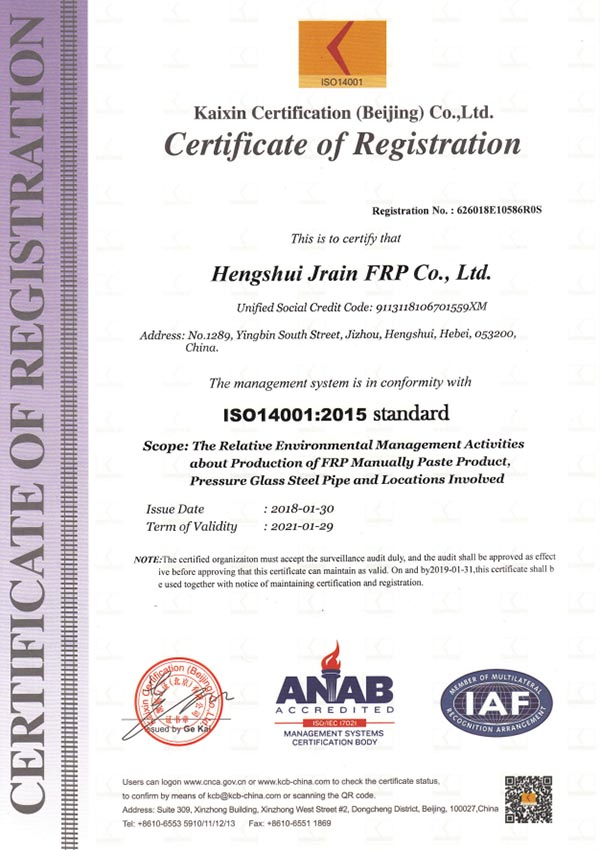
-
 Afrikaans
Afrikaans -
 Albanian
Albanian -
 Amharic
Amharic -
 Arabic
Arabic -
 Armenian
Armenian -
 Azerbaijani
Azerbaijani -
 Basque
Basque -
 Belarusian
Belarusian -
 Bengali
Bengali -
 Bosnian
Bosnian -
 Bulgarian
Bulgarian -
 Catalan
Catalan -
 Cebuano
Cebuano -
 China
China -
 China (Taiwan)
China (Taiwan) -
 Corsican
Corsican -
 Croatian
Croatian -
 Czech
Czech -
 Danish
Danish -
 Dutch
Dutch -
 English
English -
 Esperanto
Esperanto -
 Estonian
Estonian -
 Finnish
Finnish -
 French
French -
 Frisian
Frisian -
 Galician
Galician -
 Georgian
Georgian -
 German
German -
 Greek
Greek -
 Gujarati
Gujarati -
 Haitian Creole
Haitian Creole -
 hausa
hausa -
 hawaiian
hawaiian -
 Hebrew
Hebrew -
 Hindi
Hindi -
 Miao
Miao -
 Hungarian
Hungarian -
 Icelandic
Icelandic -
 igbo
igbo -
 Indonesian
Indonesian -
 irish
irish -
 Italian
Italian -
 Japanese
Japanese -
 Javanese
Javanese -
 Kannada
Kannada -
 kazakh
kazakh -
 Khmer
Khmer -
 Rwandese
Rwandese -
 Korean
Korean -
 Kurdish
Kurdish -
 Kyrgyz
Kyrgyz -
 Lao
Lao -
 Latin
Latin -
 Latvian
Latvian -
 Lithuanian
Lithuanian -
 Luxembourgish
Luxembourgish -
 Macedonian
Macedonian -
 Malgashi
Malgashi -
 Malay
Malay -
 Malayalam
Malayalam -
 Maltese
Maltese -
 Maori
Maori -
 Marathi
Marathi -
 Mongolian
Mongolian -
 Myanmar
Myanmar -
 Nepali
Nepali -
 Norwegian
Norwegian -
 Norwegian
Norwegian -
 Occitan
Occitan -
 Pashto
Pashto -
 Persian
Persian -
 Polish
Polish -
 Portuguese
Portuguese -
 Punjabi
Punjabi -
 Romanian
Romanian -
 Russian
Russian -
 Samoan
Samoan -
 Scottish Gaelic
Scottish Gaelic -
 Serbian
Serbian -
 Sesotho
Sesotho -
 Shona
Shona -
 Sindhi
Sindhi -
 Sinhala
Sinhala -
 Slovak
Slovak -
 Slovenian
Slovenian -
 Somali
Somali -
 Spanish
Spanish -
 Sundanese
Sundanese -
 Swahili
Swahili -
 Swedish
Swedish -
 Tagalog
Tagalog -
 Tajik
Tajik -
 Tamil
Tamil -
 Tatar
Tatar -
 Telugu
Telugu -
 Thai
Thai -
 Turkish
Turkish -
 Turkmen
Turkmen -
 Ukrainian
Ukrainian -
 Urdu
Urdu -
 Uighur
Uighur -
 Uzbek
Uzbek -
 Vietnamese
Vietnamese -
 Welsh
Welsh -
 Bantu
Bantu -
 Yiddish
Yiddish -
 Yoruba
Yoruba -
 Zulu
Zulu
Exploring Effective Solutions for Corrosion Prevention and Management Strategies
Corrosion Solutions Understanding and Mitigating Metal Deterioration
Corrosion is a natural phenomenon that affects various metal structures and components, leading to significant economic losses and safety hazards across multiple industries. This gradual degradation usually results from electrochemical reactions between metals and their environment, particularly when exposed to moisture, oxygen, and pollutants. To combat corrosion, it is essential to implement effective solutions that not only reduce its impact but also extend the lifespan of metal structures.
One of the most widely employed methods for mitigating corrosion is the application of protective coatings. These coatings act as barriers, preventing corrosive elements such as water and oxygen from reaching the underlying metal. Paints, varnishes, and specialized corrosion-resistant coatings can effectively shield surfaces. For instance, epoxy and polyurethane coatings have gained popularity in industrial applications due to their durability and resistance to harsh chemicals. Regular maintenance and reapplication of these coatings are crucial to ensure long-term protection.
Corrosion Solutions Understanding and Mitigating Metal Deterioration
Material selection plays a vital role in preventing corrosion. Using corrosion-resistant alloys, such as stainless steel, aluminum, or titanium, can significantly reduce repair and replacement costs in the long run. Engineers and architects should consider the environmental conditions when selecting materials for construction or manufacturing projects. Additionally, advancements in the development of high-performance materials demonstrate a promising avenue for reducing corrosion-related issues.
corrosion solution

Environmentally friendly solutions are becoming increasingly important in the realm of corrosion prevention. The introduction of green inhibitors, which are less harmful to the environment compared to traditional chemical inhibitors, is a significant step forward. These green inhibitors can reduce oxidation rates and protect metal surfaces without posing risks to workers or ecosystems. Employing biodegradable lubricants in machinery and equipment also contributes to reducing corrosion while minimizing environmental impact.
Regular inspection and maintenance are crucial to identifying corrosion issues early and mitigating potential damage. Utilizing advanced technologies such as ultrasonic testing, magnetic particle inspection, and remote monitoring systems can aid in detecting corrosion before it escalates to critical failures. Predictive maintenance strategies based on real-time data can help organizations allocate resources effectively and prevent catastrophic failures.
Finally, education and training for personnel involved in maintenance and operations can drastically improve corrosion management. Understanding the causes, effects, and preventive measures of corrosion enhances the ability of teams to address issues proactively. Workshops and training sessions that focus on corrosion awareness can empower teams to recognize early signs of corrosion and implement timely interventions.
In summary, tackling corrosion is a complex challenge that requires a multifaceted approach. By employing protective coatings, utilizing cathodic protection, selecting appropriate materials, embracing eco-friendly solutions, implementing regular maintenance, and investing in education and training, industries can effectively manage and mitigate the impact of corrosion. With these strategies in place, organizations can not only improve the lifespan and reliability of their metal entities but also contribute to a safer and more sustainable future. As we continue to innovate and develop new corrosion solutions, the drive for a corrosion-free environment remains a crucial aspect of industrial progress.









